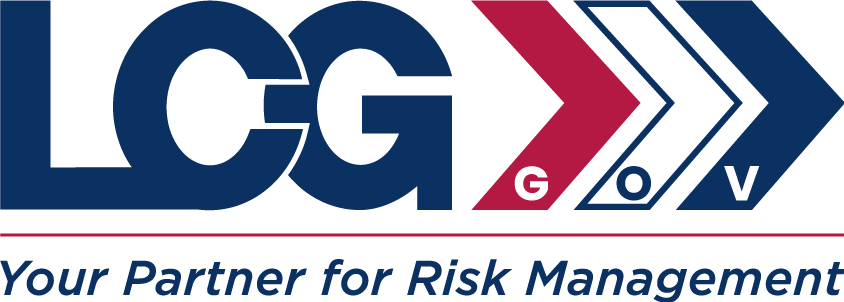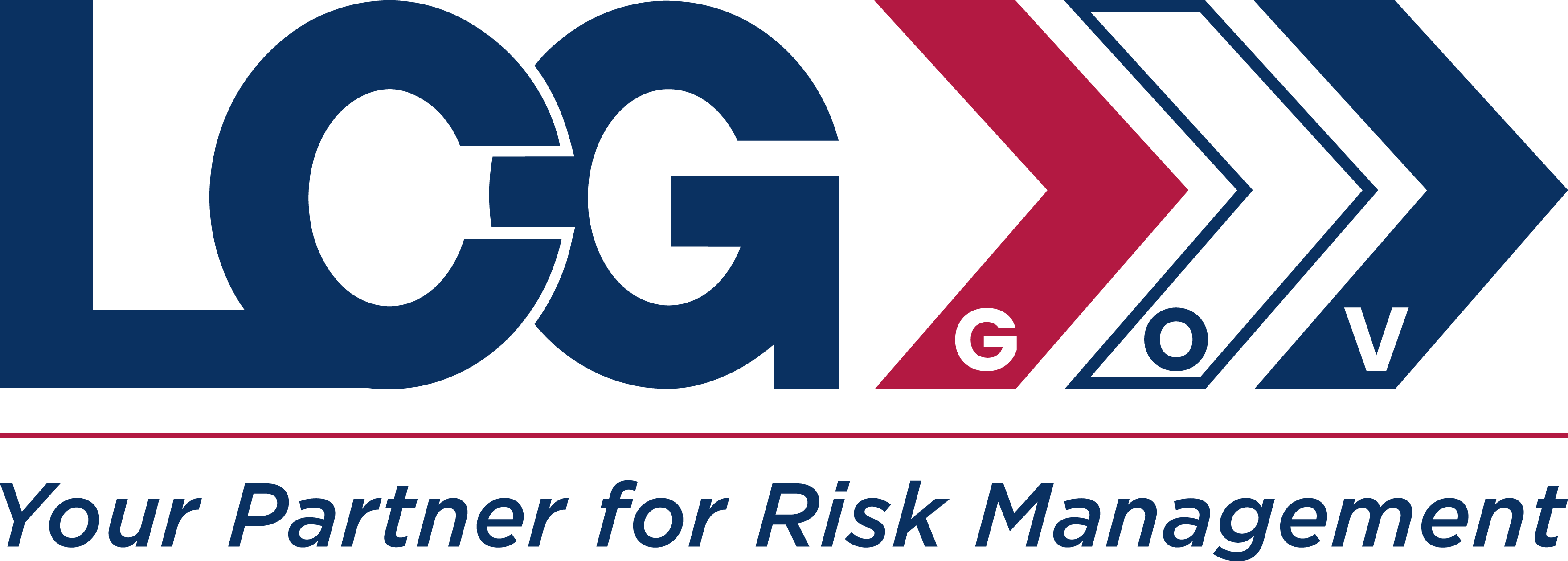Digital transformation is no longer an option but a necessity for federal government agencies. As technology advances and the demand for more agile, efficient, and citizen-centric services increases, federal entities are under pressure to modernize their digital infrastructure and processes. Understanding the key drivers behind this transformation and implementing effective strategies can help agencies stay ahead of the curve and deliver greater value to the public.
Key Drivers of Digital Transformation in Federal Government Agencies
- Evolving Citizen Expectations
The public now expects the same seamless, user-friendly digital experiences from government agencies as they receive from private sector services. Citizens want faster access to information, simplified processes, and enhanced transparency. To meet these expectations, agencies must leverage digital technologies to offer more accessible and engaging interactions, whether through online portals, mobile applications, or real-time support systems.
- Data Security and Compliance
With the growing complexity of cybersecurity threats, ensuring data security and compliance has become a top priority. Federal agencies handle vast amounts of sensitive information, making them prime targets for cyberattacks. Digital transformation initiatives, such as migrating to secure cloud platforms, implementing Zero Trust architectures, and employing advanced cybersecurity strategies, are crucial to mitigating risks and protecting critical data.
- Operational Efficiency and Cost Reduction
Budget constraints and the need for operational efficiency are significant drivers of digital transformation. Adopting cloud services, automating routine processes, and integrating AI and machine learning can streamline operations, reduce manual workloads, and ultimately lower costs. This allows agencies to allocate resources more effectively and focus on mission-critical activities.
- Regulatory Mandates and Policies
Federal agencies must comply with evolving regulations and mandates aimed at modernizing technology infrastructure and improving service delivery. Initiatives such as the Federal Information Technology Acquisition Reform Act (FITARA) and the Modernizing Government Technology (MGT) Act require agencies to prioritize IT modernization efforts and establish strategies to adopt emerging technologies.
- Technological Advancements and Innovation
Rapid advancements in technology, including artificial intelligence, blockchain, and cloud computing, provide new opportunities for federal agencies to enhance service delivery, streamline processes, and leverage data for better decision-making. Agencies that embrace innovation can gain a competitive edge in delivering public value and improving overall agency performance.
Recommended Strategies for Addressing Digital Transformation
- Develop a Clear Digital Transformation Roadmap
Establish a comprehensive strategy that outlines your agency’s goals, priorities, and the specific technologies to be adopted. A clear roadmap helps align digital transformation efforts with the agency’s mission and ensures a structured approach to implementation.
- Prioritize Data Management and Cybersecurity
Digital transformation initiatives are only as strong as the underlying data management and security practices. Invest in technologies that enhance data integrity, support regulatory compliance, and protect against cybersecurity threats. Implementing secure cloud platforms and adopting Zero Trust frameworks are crucial steps in ensuring robust security.
- Leverage Cloud Technologies for Scalability and Flexibility
Cloud computing offers federal agencies the scalability, flexibility, and cost-efficiency needed to meet changing demands. Consider transitioning to hybrid or multi-cloud environments to optimize resources, enable collaboration, and streamline service delivery.
- Embrace Agile Methodologies and Continuous Innovation
Traditional project management approaches can be slow and inflexible in the face of rapidly changing technology landscapes. Embracing agile methodologies enables agencies to adapt to new requirements quickly, iterate on solutions, and continuously deliver value to stakeholders.
- Invest in Workforce Training and Change Management
Successful digital transformation requires not just technological upgrades but also a cultural shift within the organization. Provide training and professional development opportunities for staff to build digital literacy and support the adoption of new technologies. Establish change management strategies to help employees adapt to new workflows and embrace innovation.
- Collaborate with Industry Partners
Engage with experienced industry partners to leverage their expertise, gain insights into best practices, and ensure successful project execution. Collaborations can help federal agencies navigate complex digital transformation journeys, minimize risks, and achieve their goals more effectively.
Conclusion
Digital transformation is an ongoing journey that requires a strategic, well-planned approach. By understanding the key drivers and implementing effective strategies, federal agencies can enhance service delivery, strengthen security, and improve overall operational efficiency. With the right vision and resources, federal entities can transform their digital landscape, drive innovation, and better serve the needs of citizens in today’s digital world.
For more information on how LCG Discovery Experts can support your agency’s digital transformation,
please visit our [Government Services](www.lcg-gov.us/services) page.






